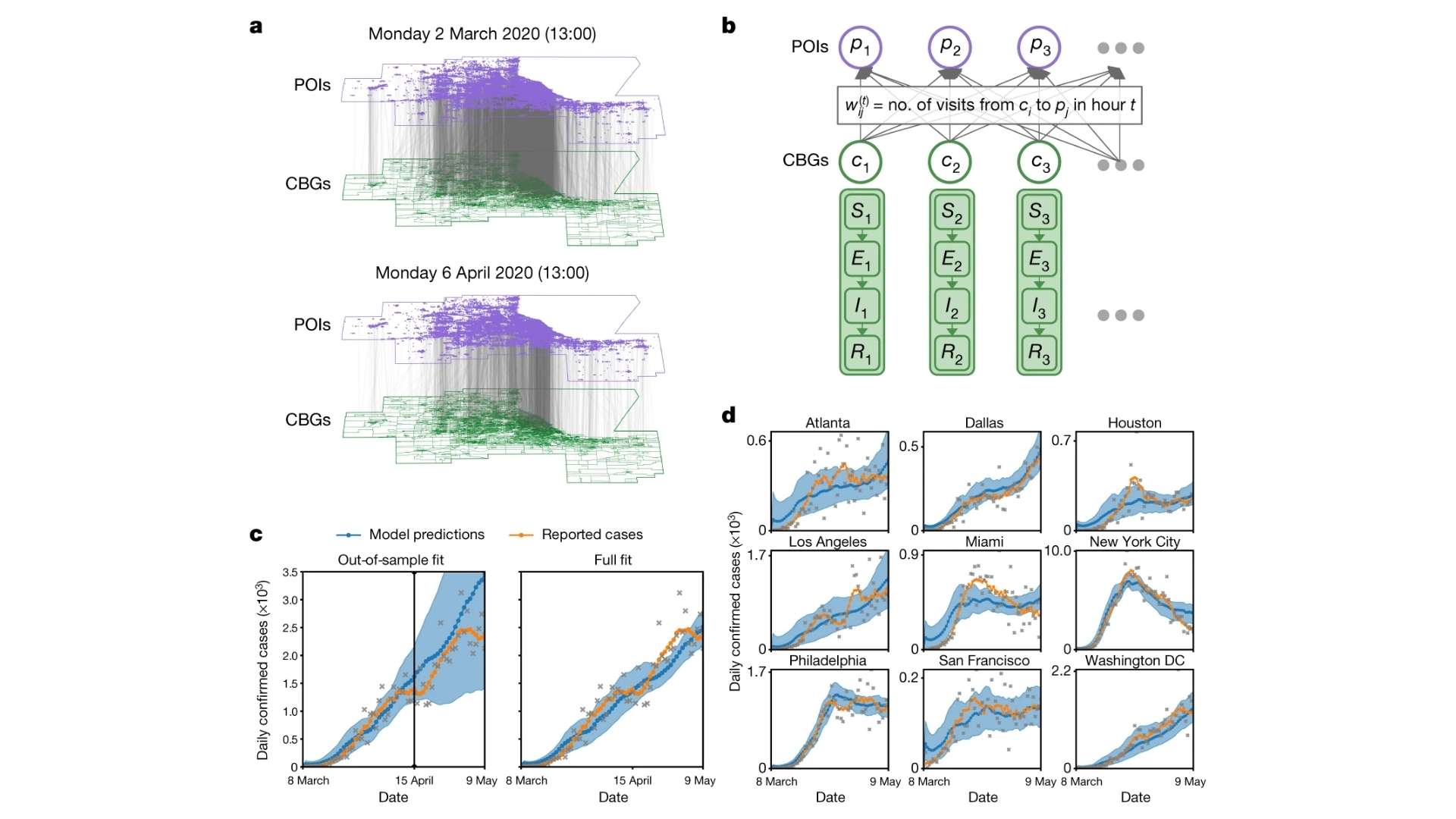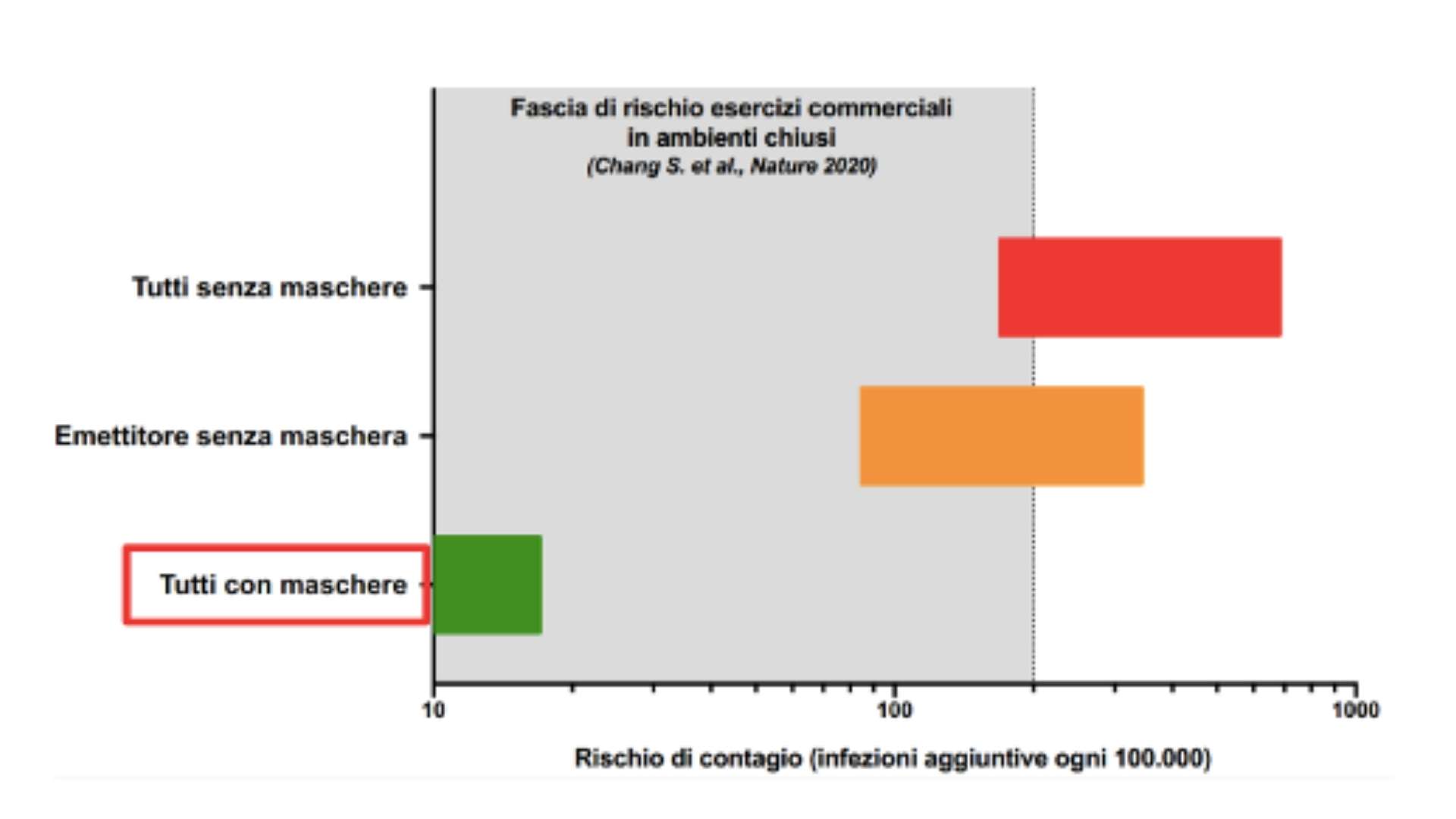Do the buses spread the virus?
Public transport has been the focus of public and media attention since the earliest stages of the pandemic. We talked about it in this article, in which in addition to underlining the main issues related to the safety of public transport, we proposed some possible solutions to this problem, including, for example, the commuting service for companies and industrial clusters.
In this article we want to address the issue from a completely different perspective and with a different approach. To do it, we will base on the results of two scientific studies published in recent months.
The questions to which we intend to give an impartial and objective answer are: is travel on public transport safe? Do the buses spread the virus? Many people are asking it and the answer is not obvious! There are so many variables. Furthermore, when dealing with such complex issues, the risk is to indulge in suggestions, jumping to conclusions that often have no scientific foundation!
That’s why the starting point of this analysis is the scientific study Mobility network models of COVID-19 explain inequities and inform reopening, published in Nature on 10 November 2020. The aim of the researchers was to understand whether and how mobility reduction policies impacted on the spread of infections. To do so, they built a dynamic mobility model, analyzing data from the ten largest metropolitan areas in the United States and integrating it with a SEIR model (susceptible - exposed - infectious - recovered).
The mobility networks were built by aggregating the anonymous data of 98 million people, divided into samples of about 3000 individuals (called CBG), who moved from their neighborhoods to go to some points of interest such as restaurants, churches, etc... (called POI).

As you can see from the figure a above, virus containment policies, introduced since March 2020, have significantly reduced movements. The chart for April 2020, in fact, shows a clear reduction in mobility flows (the gray lines that connect the CBG to the POI are much less dense). At this point, the first question to be asked is: does reducing mobility work?
The answer is yes, but there are some very important things to consider.
Let’s look at a practical example, the Chicago metropolitan area: the maximum occupancy limit set at 20% allowed to reduce infections by 80%.
However, researchers have stressed one fundamental aspect: reducing mobility is just as important as timing! The delay in the implementation of containment strategies, in fact, can lead to a significant increase in infections (see the third chart in the figure a below). At the same time, it is necessary to keep in mind that imposing generic capacity limits, without considering the demand over time, can be counterproductive because it tends to create crowding in peak times.

Continuing the study, the researchers highlighted two other significant aspects:
1) Most infections occur at very few points of interest, called "super spreaders"
2) People belonging to disadvantaged groups are more exposed to infections
The model shows how "super spreaders" are responsible for most infections. By how much? Returning once again to the example of Chicago, 85% of infections occur in 10% of points of interest. How is that possible? The risk of contagion is directly proportional to the rate of presence (how many people go there daily) and the average length of stay. That’s why some types of points of interest are far “riskier” than others.
And here the question arises: are public transport "super spreaders" of infections? The answer is no! In fact, if everyone wears the mask, they are much less risky than other types of points of interest.
Regarding the disparities in the spread of infections, which see the poor people most exposed, there are basically two reasons. The first is that in most cases, it is more difficult for them to reduce mobility, especially because they often cannot work in smart working. The other reason is related to the type of points of interest they attend, which in most cases are on average more crowded and with longer stay times.
The solution identified by the researchers is therefore to intervene in a targeted way on the riskiest points of interest, setting specific capacity limits and with specific timing, rather than limiting mobility in a generic way! This approach is far more effective in terms of containment of infections and, above all, less economically impactful.
Speaking of intervening on specific points of interest, a special focus will be on the "Simulation model to support the protection strategies from COVID-19: applications to urban public transport" presented a few days ago by the University of Genoa. In this case, the objective of the researchers was to answer the original questions of this article: is it safe to travel on public transport? Do the buses spread the virus?
This research is part of a collaboration protocol between the University and AMT, which has allowed the launch of joint monitoring and analysis of data, with particular attention to the issue of the spread of contagion on board public transport.
The University has set up a multidisciplinary working group, consisting of doctors, chemists and engineers, in order to estimate the risk of contagion on board buses under different service conditions. The members of the group are Lorenzo Ball of the Department of Integrated Surgical and Diagnostic Sciences, Valentina Caratto and Maurizio Ferretti of the Department of Industrial Chemistry and Chemistry, Carlo Cravero and Davide Marsano of the Department of Mechanical Engineering, energy, management and transport.
Their research starts from the analysis of the modalities through which the transmission of the SARS-Cov-2 virus takes place. And here we can finally respond with knowledge of the facts to another widespread question, which too often are given improper and dangerous answers: does wearing a mask really reduces infections? The answer is yes, since the contagion occurs mainly through the droplets emitted by the infected subject while coughing, sneezing, talking, and breathing. The risk of contagion spreading is directly proportional to the distance these droplets can travel. That’s why wearing the mask is one of the most effective ways to reduce the risk of transmission!
In addition to this, however, in closed places it is essential to pay attention to the change of air, where smaller particles persist longer.
In this regard, the research group of the University of Genoa simulated various scenarios of use of public transport, considering the conditions of the conditioning system and opening of the windows.
The research was carried out on an 18-metre-long model of buses: the Mercedes Citaro G, which has been carefully reconstructed in 3D.
How did they simulate the scenarios?
Through a numerical model based on computational fluid dynamics (CFD) techniques.
How does it work?
The evolution of the expired pathogen emission from an infected subject (emitter), placed in a certain position within the medium, is studied by integrating the available data on virus diffusion capacity with a series of methods already tested.
As mentioned above, the model considers the distribution of air flow inside the vehicle, caused by the windows and the quality of the ventilation system (absorption and recirculation) and the time of stay on board.
For precautionary purposes they have stablished these working hypotheses:
- Only some of the windows are open (vasistas) alternately on the left and right sides;
- The effect of opening doors at stops (leading to an additional air change effect) has been overlooked;
- The filtering capacity of the air recirculation system has been reduced to 50% compared to 90% plate;
- The pathogenic emission is transported directly by the air flow, through the smallest droplets emitted by the respiration, able to reach positions far away from the emitter.
In the analysis, the time of permanence and the position of the infected subject were considered, simulating three cases:
- Everyone wears a mask;
- Passengers wear masks, but the infected person does not wear it;
- No one wears a mask.
The result of the study is that in any case, if everyone wears the mask correctly (surgical), the risk of contracting the virus on a bus on which there is an infected subject is very low, even in case of 30 minutes of stay. The risk increases if the infected subject does not wear the mask and reaches its peak in case no one wears it.

In order to validate the model, the research team carried out an experimental campaign on an urban bus, reproducing the same reference conditions.
In this case a series of sensors were installed in different positions and an emitter (which served to simulate the infected subject) in the central section of the bus. The experiment has considered the scenario in which the stay on board the vehicle is 30 minutes, during which the sensors have collected a series of data, subsequently processed according to the protocol developed by Prof. Maurizio Ferretti, by Valentina Caratto and Dr. Lorenzo Ball. The result of this experiment was positive, demonstrating the accuracy of the proposed model.
Another interesting aspect is that the results of the proposed simulations allow us to estimate the number of new infections expected each time 100,000 people use public transport. Again, as the US study shows, if passengers are wearing masks correctly, the number of new infections is negligible.

At this point it is necessary to debunk a series of false beliefs.
The first false belief is that the use of the mask is of doubtful utility. Not using the mask, especially in closed places greatly increases the risk of contracting the virus.
The second is that the general reduction in mobility is effective. The study of the American researchers mentioned above shows that it is much better to intervene in a targeted manner with specific timeframes for each type of points of interest.
The third is that travelling on public transport is risky. Both studies, but especially the University of Genoa’s one, have shown that (wearing the mask correctly) the chances of contagion on board a public transport, in particular a bus, are minimal, even in the presence of an infected subject and with a stay time of half an hour.
Now the goal is to spread this message to reassure people and make them aware of the importance of returning to travel by public transport. The risk, in fact, is that for fear of contagion they are abandoned in favor of private means. Do you know what the negative effects of this choice are? It is not difficult to imagine it, but if you are interested in deepening this aspect you can read our article Italian and car. As we pointed out in the article on the European Year of Railways, the reduction of environmental impacts cannot be separated from sustainable mobility. That is why we cannot afford to take a step back in this regard... the future of our planet depends on it!
